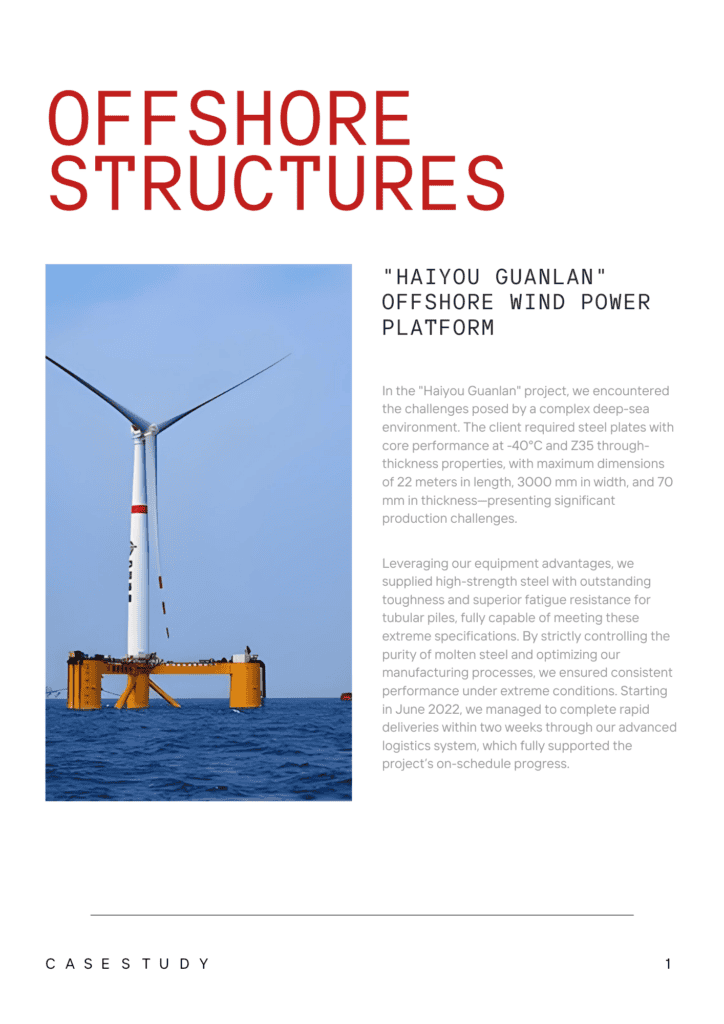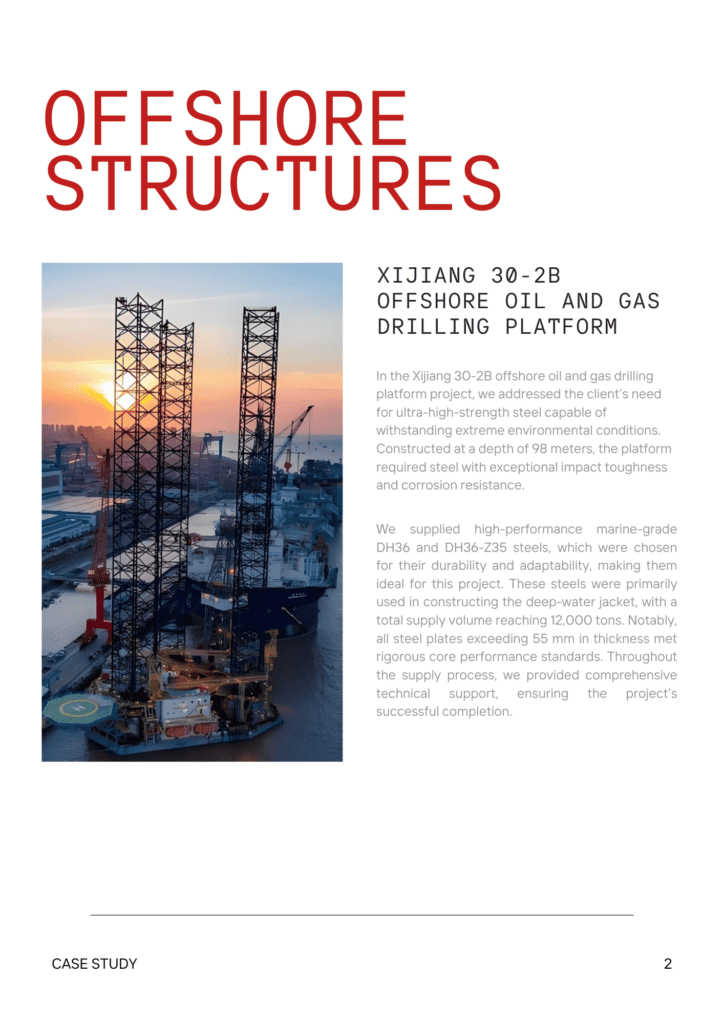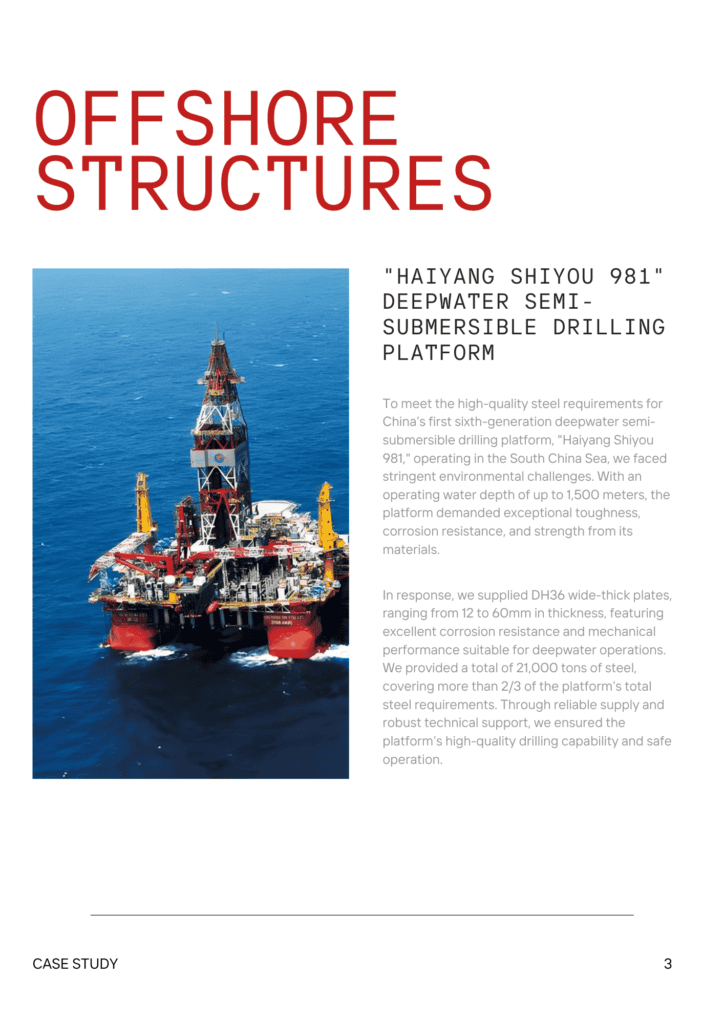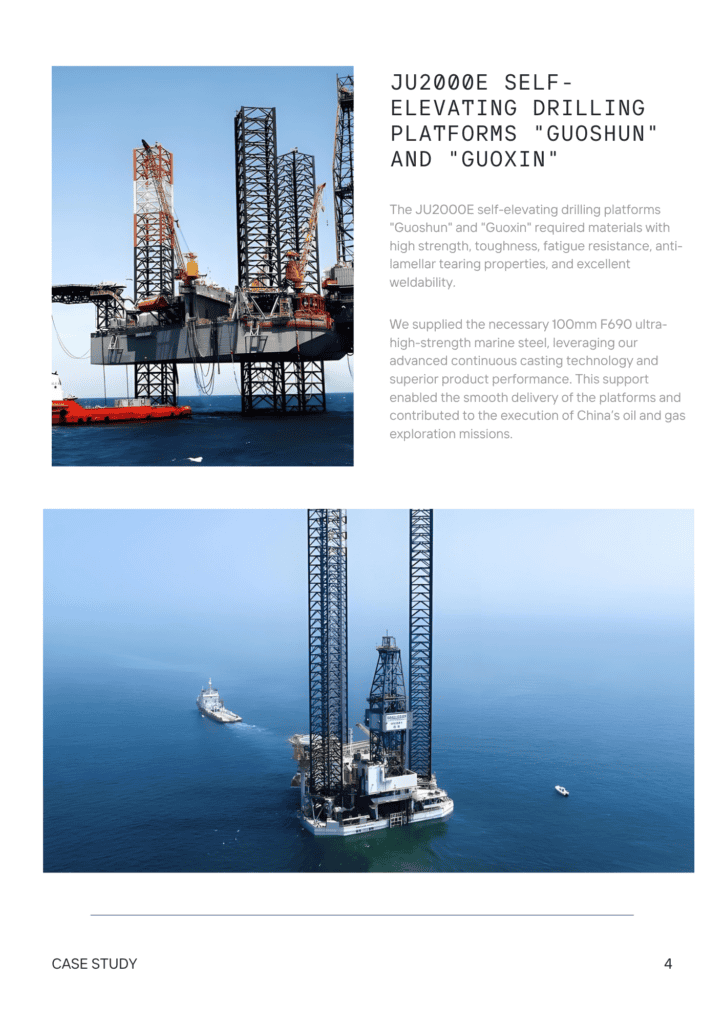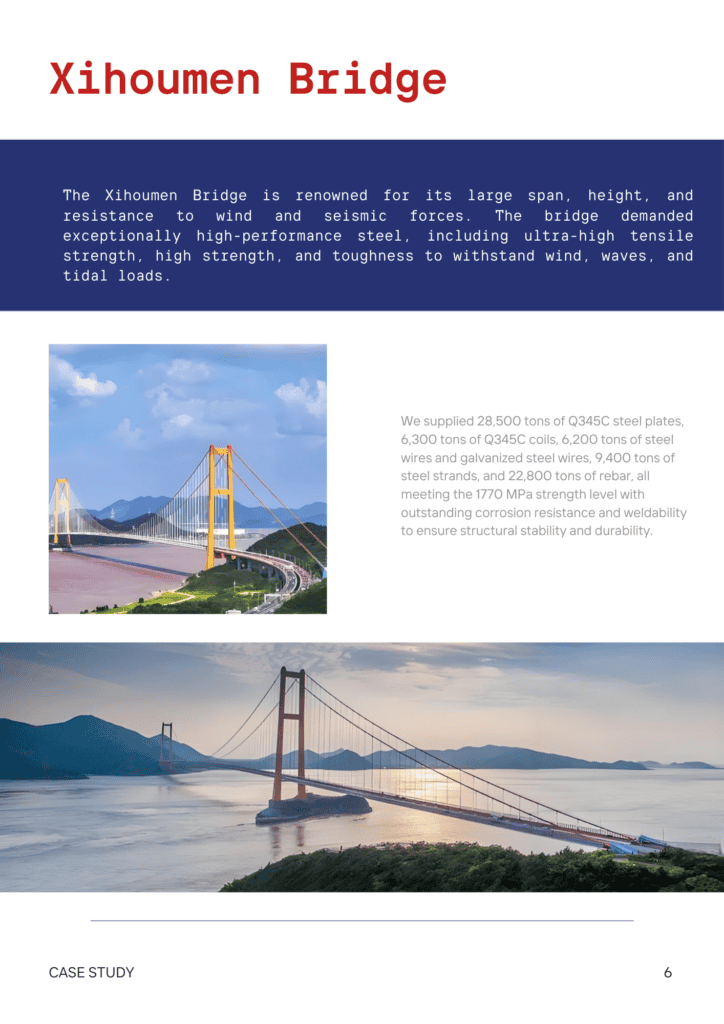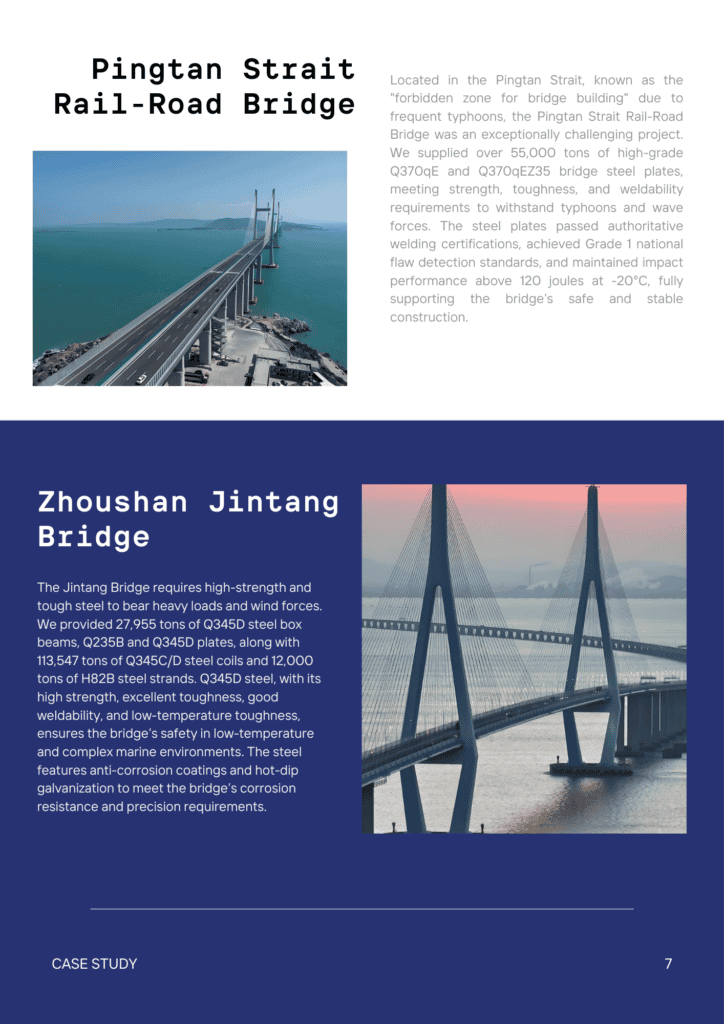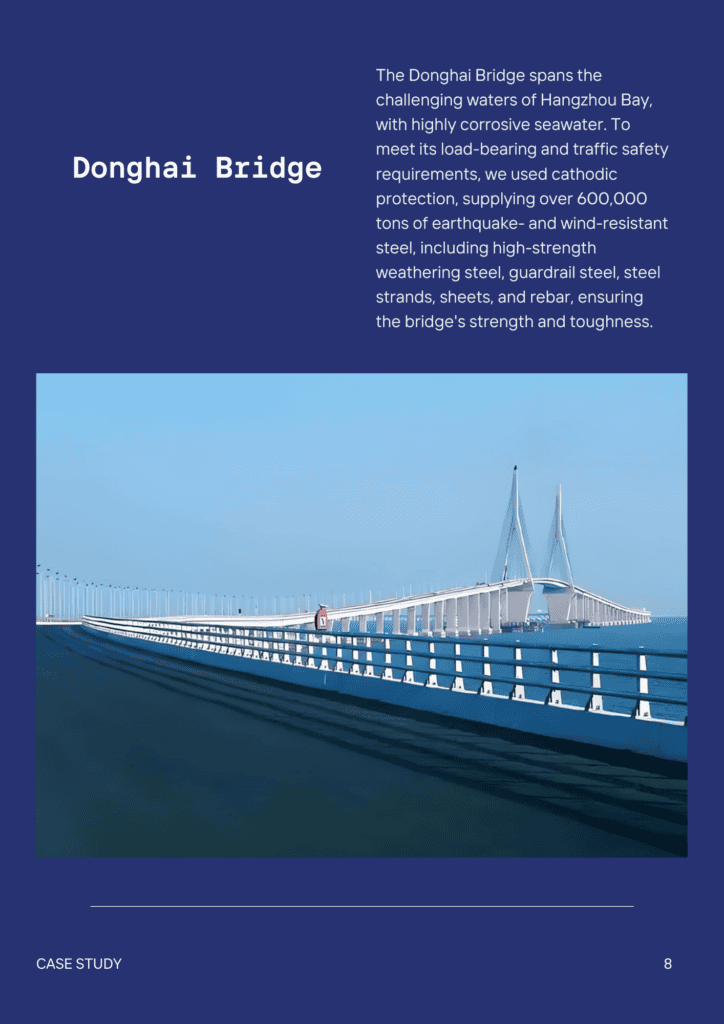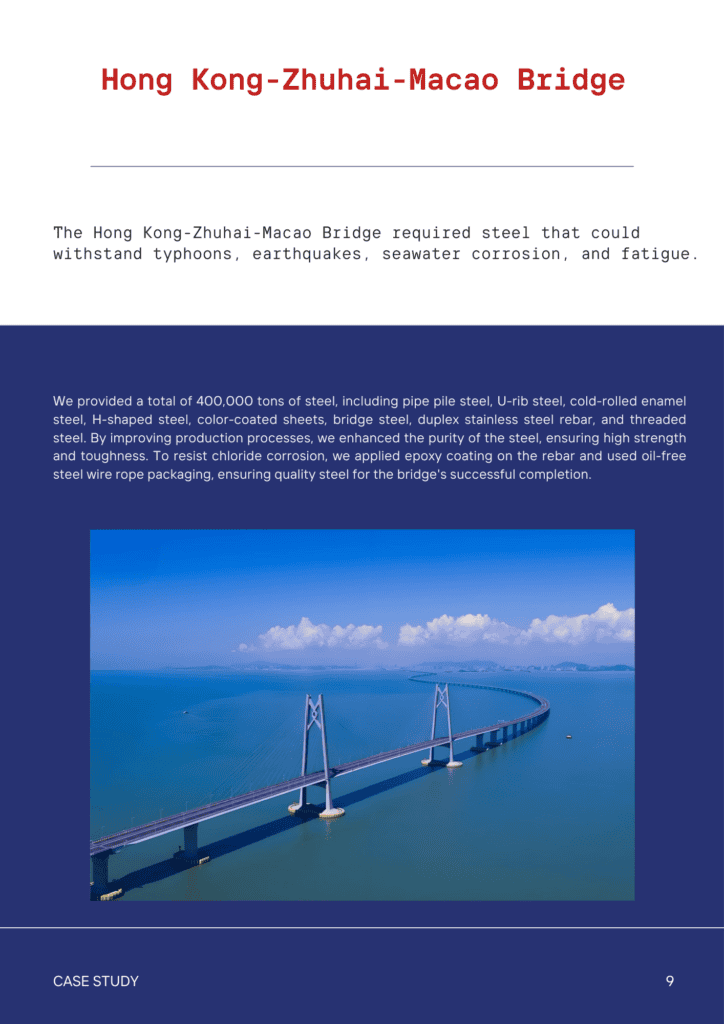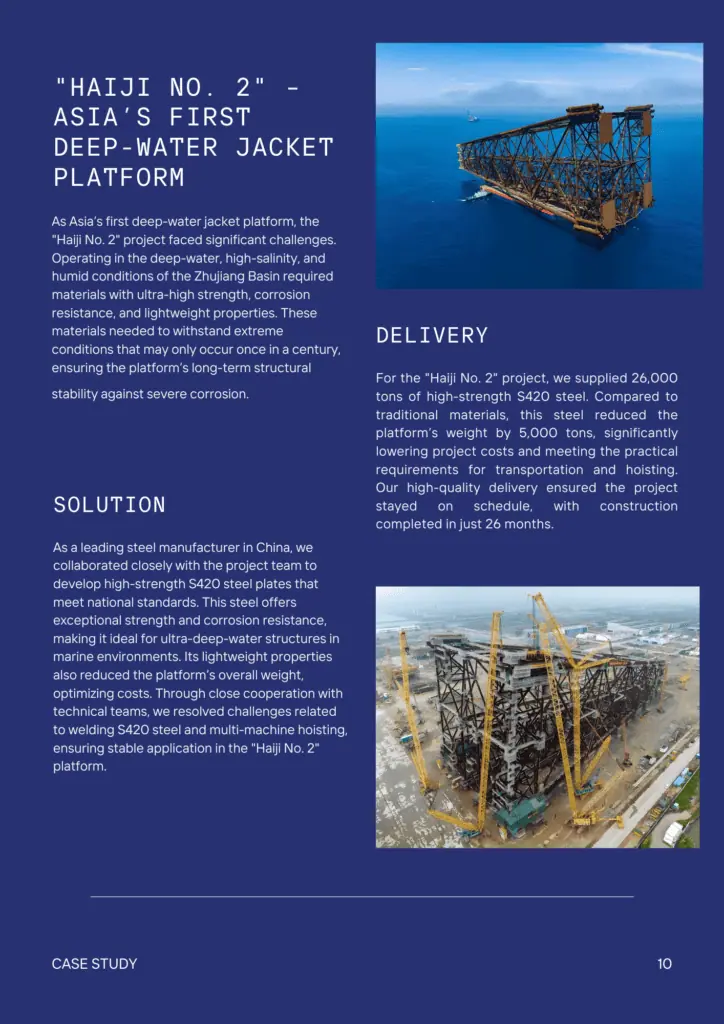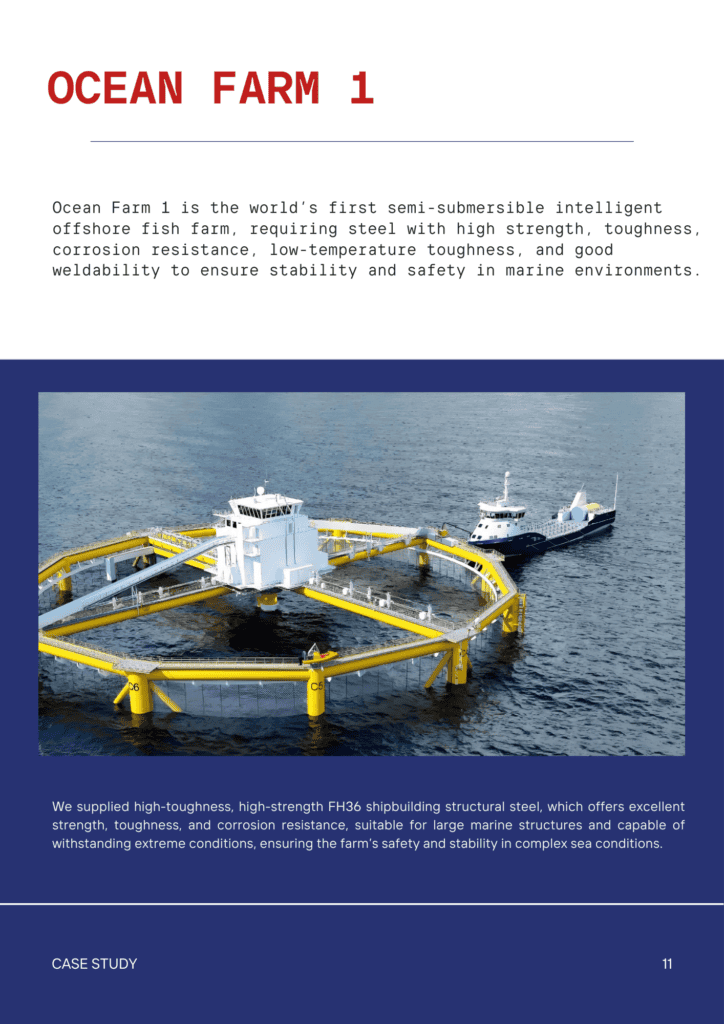Contents
A3 Tool Steel: Comprehensive Overview
- John
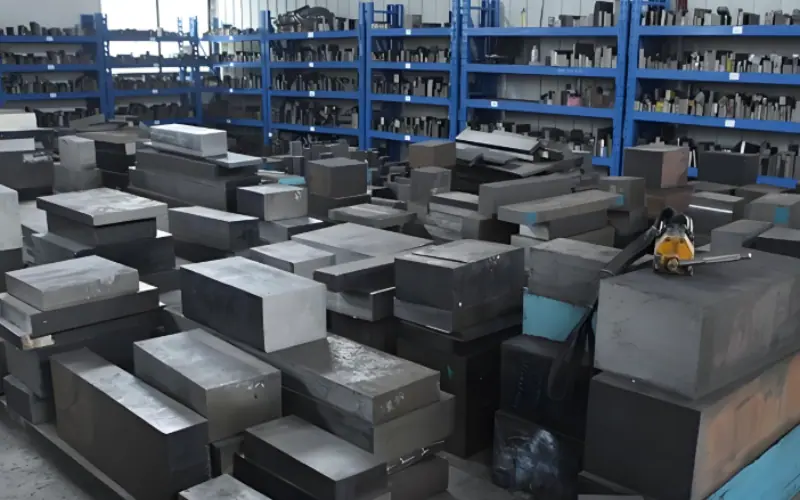
At SteelPRO Group, we pride ourselves on delivering A3 Tool Steel with unmatched precision, ensuring our customers benefit from top-tier performance for their tooling needs. This guide delves into A3 Tool Steel’s chemical composition, mechanical and physical properties, main features, heat treatment processes, and common applications, along with how our products stand out in the industry.
What is A3 Tool Steel?
A3 Tool Steel is a high alloy, air hardening, cold work tool steel also known as AISI A3 or W1-A-1. It is designed to provide high toughness and wear resistance while having excellent hardness and strength, making it ideal for use in forming dies.
What is A3 Tool Steel Equivalent to?
A3 Tool Steel is equivalent to the following grades:
- ASTM A681
- FED QQ-T-570
- UNS T30103
At SteelPRO Group, we strictly follow international standards (like ASTM) and use advanced testing and production methods to ensure the best quality in every product we supply.
Is A3 Steel Good?
Yes, A3 Tool Steel is widely acknowledged as a superior material, especially in tooling applications. It possesses outstanding wear resistance and durability, rendering it ideal for the production of cutting tools, dies, and other components subjected to high stress.
While its corrosion resistance and weldability may not be as high as some other steels, A3 Tool Steel excels in applications where durability and sharpness retention are paramount. At SteelPRO Group, we ensure that our A3 Tool Steel is precisely engineered to meet the toughest demands.
A3 Tool Steel Properties
Main Features of A3 Tool Steel
A3 Tool Steel offers several key features that make it suitable for cold-working applications:
- Excellent Wear Resistance: A3 Tool Steel is highly resistant to wear, making it ideal for tools exposed to friction and stress, such as punches and dies. Our enhanced alloying process further optimizes its wear resistance, making it the top choice for heavy-duty applications.
- High Toughness: It can withstand high impact forces without cracking, which is crucial for tools and dies used in heavy-duty applications. At SteelPRO Group, we integrate advanced heat treatment techniques to maximize this toughness.
- Good Machinability: Despite its hardness, A3 Tool Steel is easy to machine, allowing manufacturers to create precise tools with minimal wear on equipment. Our team ensures that each product’s machinability is optimized for efficiency and precision in every project.
- Moderate Hardness: The steel can be heat-treated to achieve a hardness range of 28-34 HRc when oil-quenched, ensuring it retains a sharp cutting edge during operation.
- Air-Hardened: A3 Tool Steel is air-hardened, meaning it doesn’t require quenching in a liquid bath, making it easier to handle during heat treatment.
A3 Steel Chemical Composition
A3 Tool Steel’s chemical composition defines its overall hardness, wear resistance, and toughness. Here is the breakdown:
| Element | Percentage (%) |
| Carbon (C) | 1.00 – 1.25 |
| Manganese (Mn) | 0.20 – 0.70 |
| Silicon (Si) | 0.10 – 0.50 |
| Chromium (Cr) | 0.20 – 0.50 |
| Nickel (Ni) | 0.3 |
| Molybdenum (Mo) | 0.90 – 1.40 |
| Vanadium (V) | 0.15 – 0.50 |
| Phosphorus (P) | ≤ 0.030 |
| Sulfur (S) | ≤ 0.040 |
| Iron (Fe) | Balance |
A3 Tool Steel Mechanical Properties
A3 Tool Steel’s mechanical properties contribute to its exceptional performance under high-stress conditions. These include its tensile strength, yield strength, and hardness, among other characteristics:
| Property | Value |
| Tensile Strength | 2380 Mpa |
| Yield Strength | 2100 Mpa |
| Elongation at Break | 1% |
| Hardness (Annealed) | < 250 HB |
| Oil-Quenched & Tempered Hardness | 28 – 34 HRC |
| Shear Modulus | 80 GPa |
| Bulk Modulus | 160 GPa |
| Elastic Modulus (Young’s Modulus) | 190 – 203 GPa |
A3 Tool Steel Physical Properties
The physical properties of A3 Tool Steel ensure its stability under mechanical stress and temperature fluctuations. Here’s a summary of these properties:
| Property | Value |
| Density | 7.86 g/cc |
| Thermal Conductivity | 37 W/(m·°C) |
| Thermal Expansion Coefficient | 11.8 – 14.3 × 10^-6 /°C |
| Poisson’s Ratio | 0.27 – 0.30 |
| Specific Heat Capacity | 0.46 J/g·°C |
| Magnetic Permeability | Magnetic |
| Corrosion Resistance | Poor |
| Weldability | Poor |
| Hardness (Tempered) | 57 – 62 HRC |
A3 Tool Steel Heat Treat
Through precise heat treatment processes, SteelPRO Group ensures that every batch of A3 tool steel performs well in high-stress environments. We use a range of advanced heat treatment techniques, including forging, annealing, quenching and tempering, to achieve the best balance of properties. The specific process is as follows:
- Forging: A3 Tool Steel is heated to 650-680°C and then to 1050-1100°C for shaping. After forging, the material is cooled slowly to prevent cracking.
- Annealing: The steel is heated to 850-870°C and then cooled slowly, reducing hardness to < 250 HB and improving machinability.
- Hardening: The steel is heated to 790-820°C, then raised to 950-980°C for oil or air quenching. This increases wear resistance but makes the steel brittle.
- Tempering: Tempering is done at 150-400°C for 1 hour per 25 mm thickness, adjusting hardness to 57-62 HRc and improving toughness.
Additional Heat Treatment Techniques
- Normalizing: In some cases, A3 Tool Steel is normalized by heating it to 830-860°C to refine the grain structure. This process enhances toughness and ensures uniform hardness across the material.
- Cryogenic Treatment: A3 Tool Steel can undergo cryogenic treatment, cooling it to sub-zero temperatures to convert residual austenite into martensite. This enhances wear resistance and improves durability in harsh environments.
Machining of A3 Tool Steel
A3 tool steel has a higher hardness, but still has a certain degree of machinability compared to other high carbon steel materials. At SteelPRO Group, we provide customers with professional processing advice to ensure that A3 tool steel achieves the best results during processing.
- Welding: Due to the poor weldability of A3 tool steel, welding is not recommended. If welding is necessary, preheating and post-weld heat treatment should be used to prevent cracking of the material. At SteelPRO Group, we provide detailed welding instructions to ensure safe processing and minimize material damage.
- Cutting: Use carbide tools or high-speed steel (HSS) tools for milling and turning. Keep cutting speeds moderate to prevent overheating.
- Grinding: Fine grinding is used to achieve precision, with carbide wheels and sufficient coolant to avoid overheating.
- Drilling: Drilling is possible with HSS or carbide drill bits, using low feed rates and coolant.
- Tooling: Carbide inserts provide good wear resistance for higher cutting speeds.
In all machining processes, the use of coolant is essential to preserve the life of the tool and prevent overheating. We offer a complete machining solution to ensure that our customers can achieve the best results when processing A3 tool steel.
Applications of A3 Tool Steel
A3 Tool Steel is used in various applications that require high durability and resistance to wear. Some common applications include:
- Punches
- Dies
- Chuck Jaws
- Cutting Tools for Woodworking
- Plastic Injection Molding Tools
- Industrial Knives
- Gages
Can A3 Steel Rust?
Yes, A3 tool steel has poor corrosion resistance and is susceptible to rust. To prevent rust, it is recommended to apply a protective coating during use or use it in a dry, controlled environment. SteelPRO Group offers advanced coating and protective treatment technologies to ensure the service life and stability of A3 tool steel in different environments.
Is A3 Steel Stainless?
No, A3 tool steel is not stainless steel. It does not have the excellent corrosion resistance of stainless steel. Therefore, for applications that require high corrosion resistance, stainless steel or coated steel is recommended. SteelPRO Group provides a variety of stainless steel and corrosion resistant steel solutions based on customer needs to ensure that customers’ products maintain excellent performance in extreme environments.
What is the Difference Between A2 and A3 Steel?
A2 tool steel contains higher chromium and vanadium, providing better wear resistance and is suitable for more demanding wear environments.
A3 tool steel has higher carbon and manganese content, providing greater toughness. Although its wear resistance is slightly inferior to A2 tool steel, it performs well in applications that require impact and pressure resistance.
SteelPRO Group provides customized services for A2 and A3 tool steels according to the different needs of customers, helping customers make the best choice in practical applications.
A3 Steel vs Mild Steel
Compared with ordinary carbon steel, A3 tool steel has significantly higher strength, toughness and wear resistance. Ordinary carbon steel is mainly used in construction and non-load-bearing applications, while A3 tool steel is widely used in tool and mold manufacturing that needs to withstand high mechanical stress.
SteelPRO Group is committed to providing customers with more efficient and reliable A3 tool steel solutions to meet the stringent requirements of different industries for material properties.
A3 Tool Steel Supplier
As an industry-leading steel supplier and manufacturer, SteelPRO Group is committed to providing customized services to global customers, helping you achieve higher productivity and lower operating costs in various applications. Whether your needs are wear resistance, toughness, or precision machining, SteelPRO Group can provide the most suitable A3 tool steel products according to your specific needs, and through continuous technological innovation and professional services, ensure your long-term competitiveness.




